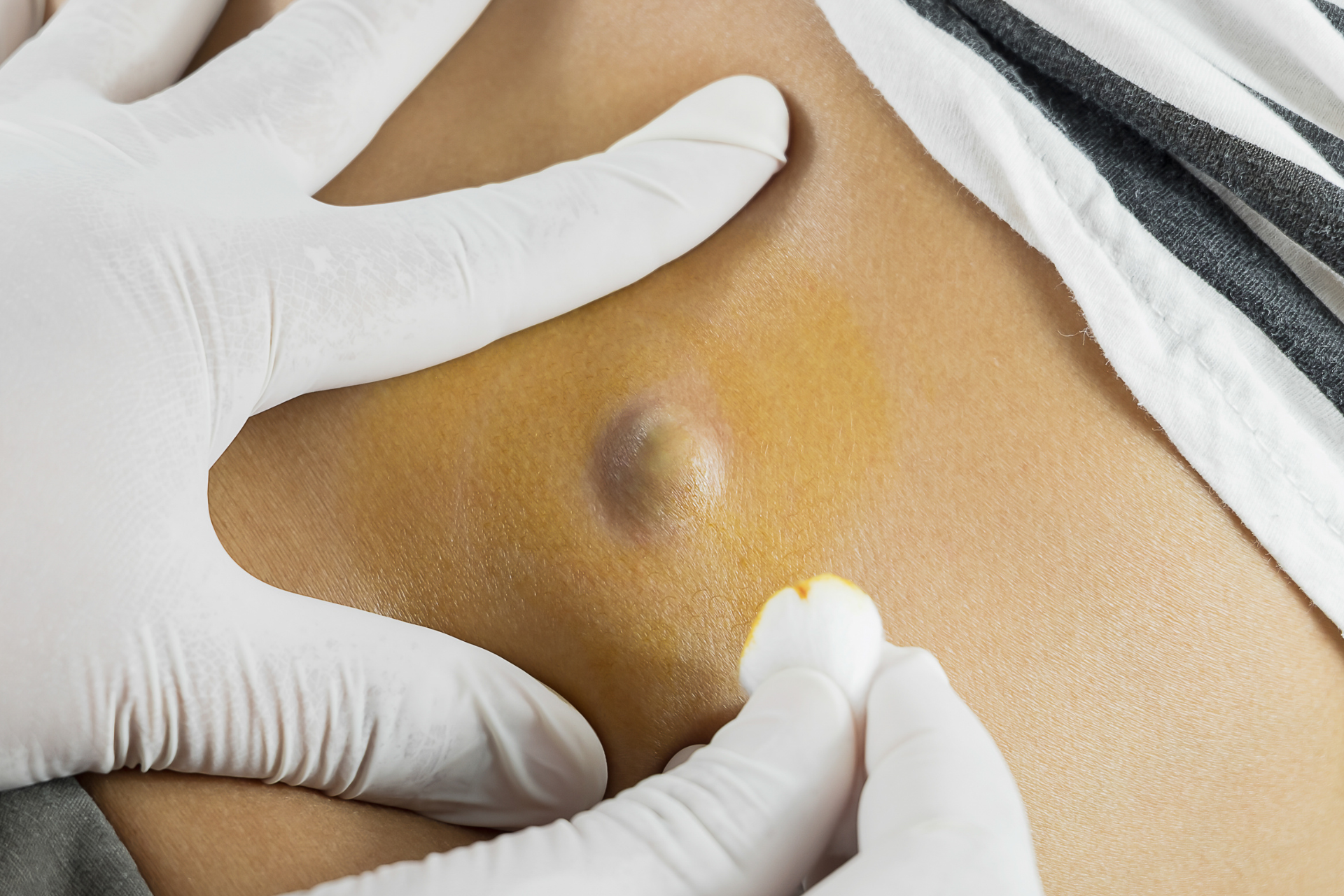Cyst Removal: Procedure, Recovery, and Aftercare Tips

At Fall Creek Skin and Health Clinic, we understand that dealing with skin concerns such as cysts can be both physically uncomfortable and emotionally distressing. While cysts are generally harmless, their presence can affect an individual's self-confidence and quality of life. That's why our experienced team is here to guide you through the process of cyst removal, from the procedure itself to post-treatment care.
What Is a Cyst and Why Remove It?
A cyst is a small, sac-like pocket of tissue that can form beneath the skin. Cysts can arise for a variety of reasons, including blockages in sebaceous glands, infections, or genetic factors. While most cysts are non-cancerous and don't pose a significant health risk, they can grow in size, become painful, or cause cosmetic concerns.
Cyst removal is recommended for several reasons, including:
1. Alleviating discomfort or pain caused by a cyst pressing on surrounding tissues.
2. Improving the appearance of the skin, especially when cysts are large or located on visible areas.
3. Preventing infections or complications associated with untreated cysts.
The Cyst Removal Procedure
Before undergoing cyst removal at Fall Creek Skin and Health Clinic, our dermatologist will conduct a thorough evaluation of the cyst to determine the most suitable removal technique. The procedure is typically performed under local anesthesia to ensure your comfort.
There are several methods commonly used for cyst removal, including:
1. Incision and Drainage
For simple cysts filled with fluid or pus, the dermatologist may make a small incision to drain the contents and remove the cyst wall.
2. Excision
This involves surgically removing the entire cyst and its surrounding tissue. Stitches may be needed to close the incision.
3. Laser Removal
In some cases, laser therapy can be used to vaporize the cyst without the need for incisions.
Recovery and Aftercare Tips
After cyst removal at Fall Creek Skin and Health Clinic, proper care is essential to promote healing, reduce the risk of infection, and optimize aesthetic results. Here are some aftercare tips to follow:
1. Keep the area clean and dry
Gently wash the treated area with a mild soap and water. Avoid scrubbing or rubbing the site to prevent irritation.
2. Follow post-operative instructions
Our dermatologist will provide you with specific guidelines on wound care, dressing changes, and when to follow up for a check-up.
3. Avoid picking or touching the area
To prevent infection and scarring, refrain from picking at the incision site or applying pressure.
4. Apply prescribed medications
If your dermatologist recommends an antibiotic ointment or cream, use it as directed to reduce the risk of infection and promote healing.
5. Protect the area from sun exposure
Shield the treated area from direct sunlight and apply sunscreen with a high SPF to prevent skin damage.
By following these aftercare tips and attending scheduled follow-up appointments at Fall Creek Skin and Health Clinic, you can support a smooth recovery process and achieve optimal results. Remember that individual healing times may vary, so it's essential to be patient and give your skin the care it needs.
If you're considering cyst removal or have any concerns about a cyst on your skin, schedule a consultation with our dermatology experts at Fall Creek Skin and Health Clinic. Our team is dedicated to providing personalized care and effective solutions to help you look and feel your best.



Need Our Services?
Book a free consultation

Our promise is to offer high-quality medical attention at a fair price in a clean, friendly, and professional environment.
QUICK LINKS
BUSINESS HOURS
- Mon - Thu
- -
- Friday
- -
- Saturday
- Appointment Only
- Sunday
- Closed
All Rights Reserved | Fall Creek Skin and Health Clinic |
